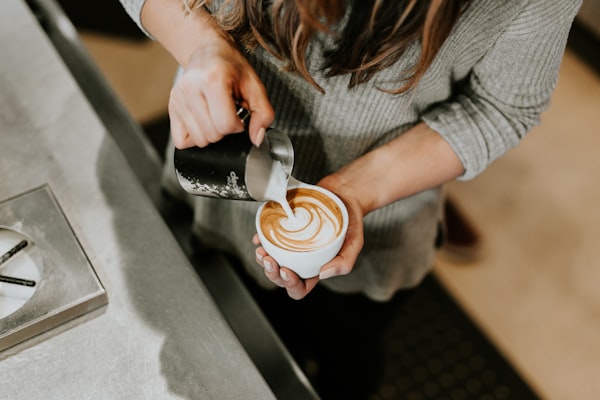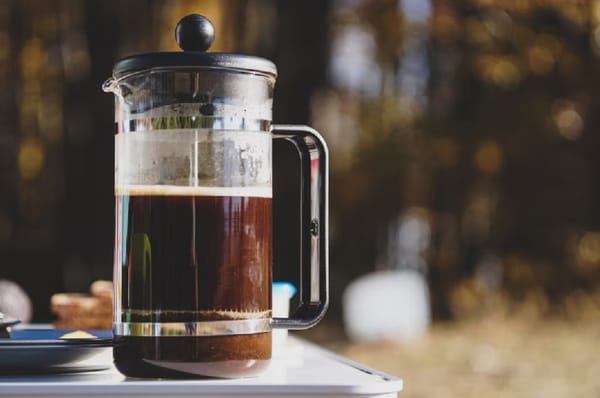The Untold History of Coffee
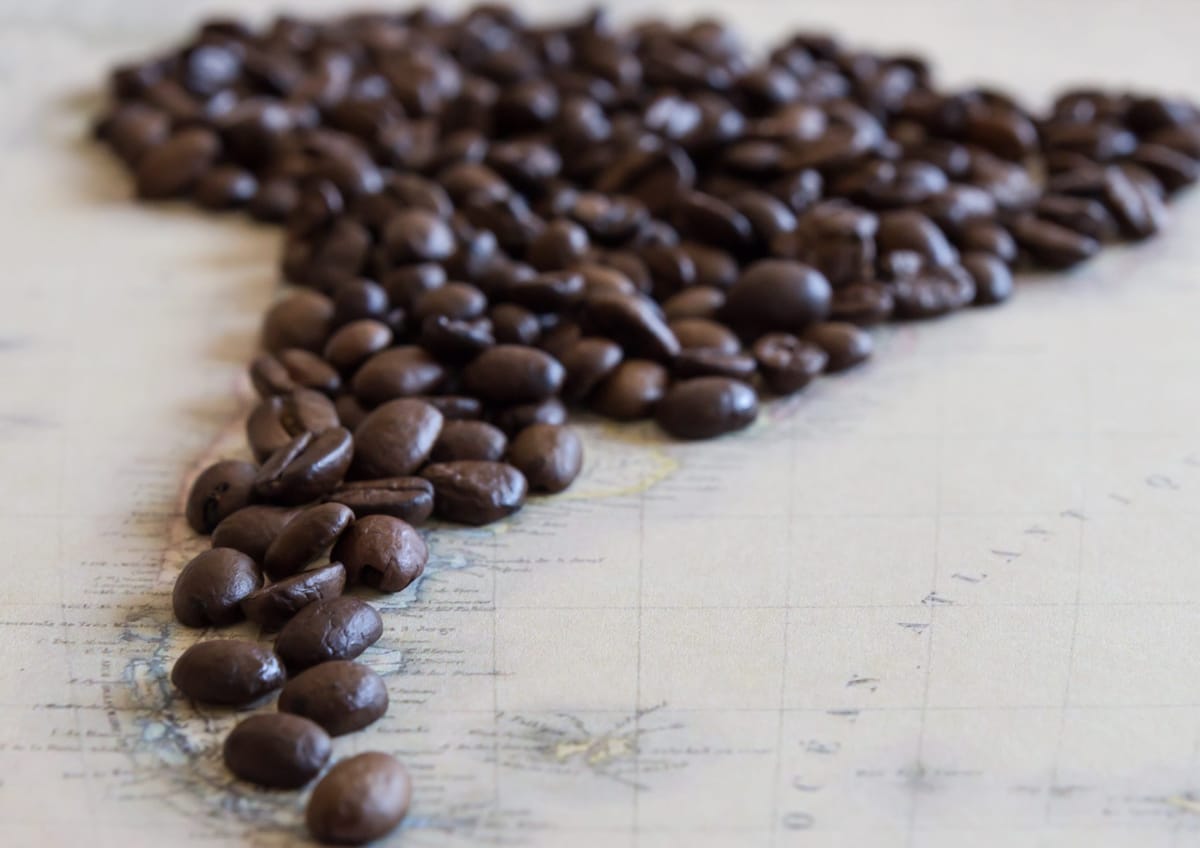
Coffee is the undisputed champion of our hearts, and there’s no denying that we are addicted. And who wouldn’t be? The milky froth on an espresso made with the proper pressure and top-quality coffee beans is a soul-refreshing experience that takes a week’s stress away from you. But do you know the history of coffee and how this energizing beverage became our daily driver?
This article will discuss all there is to know about the history of coffee and shed some light on the critical historical events that brought coffee to every store near you. Let’s start.
What is Coffee?
Coffee is an infamous beverage that you can brew from coffee beans often found in tropical and high-altitude regions. Coffee comes third as the most popular beverage globally, only after water and tea. People have benefitted from this delicious concoction for centuries now, and its popularity continues to increase as we are making technological strives in the coffee bean market.
There are two main species of coffee plants, Arabica and Robusta. Arabica beans are tasteful and creamier, while Robusta beans have a bitter taste and a harsh feel in your mouth. Both types of beans need different environmental conditions to grow, hence the difference in taste.
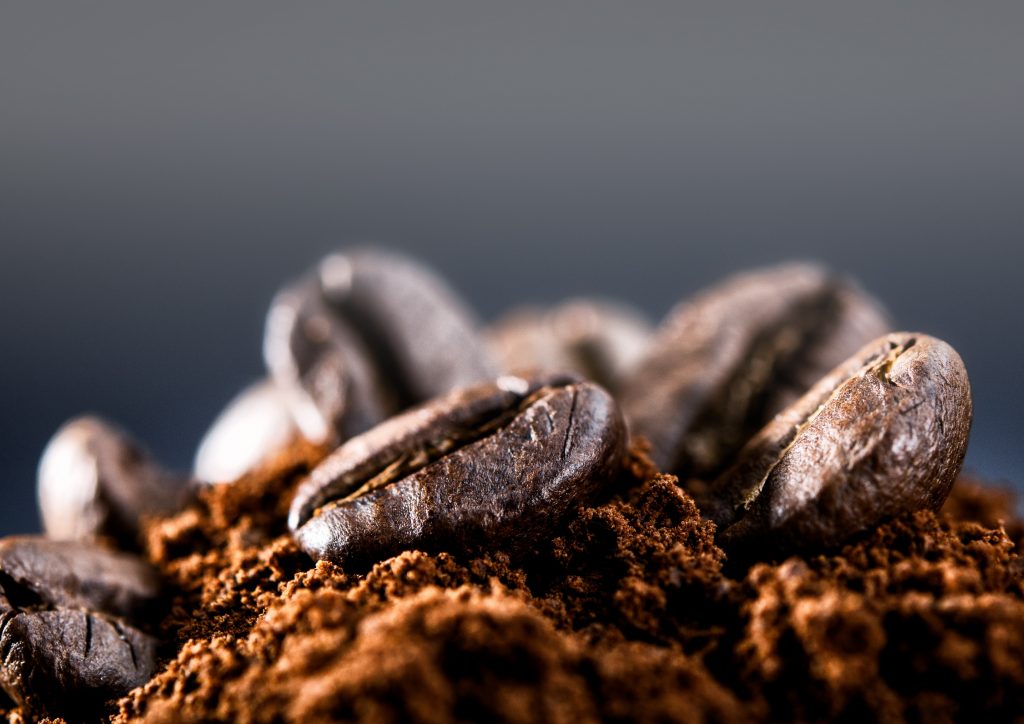
The History of Coffee:
While enjoying a hot, luscious cup of coffee, one might wonder how we got this delicious treat to become a daily driver in our lives. It is an exciting tale that originates from many myths, but the most common one is the tale of Kaldi, the goat herder.
Origin and Kaldi’s Contribution:
The stories suggest that Kaldi was once roaming the Ethiopian plateau and his goats started feeding on some berries in the forest. Later that night, the goat herder noticed that his goats wouldn’t go to sleep and were full of energy. Kaldi reported this uncommon behavior to the local monastery and requested the Abbot explore the causes.
Monk’s Findings:
The Abbot brewed up a drink using the said berries and noticed similar behavior in his energy as Kaldi described. He managed to keep his focus during long hours of evening prayer and found it interesting enough to share with other monks. Soon after, the word spread about the magical berries that revitalize your energy.
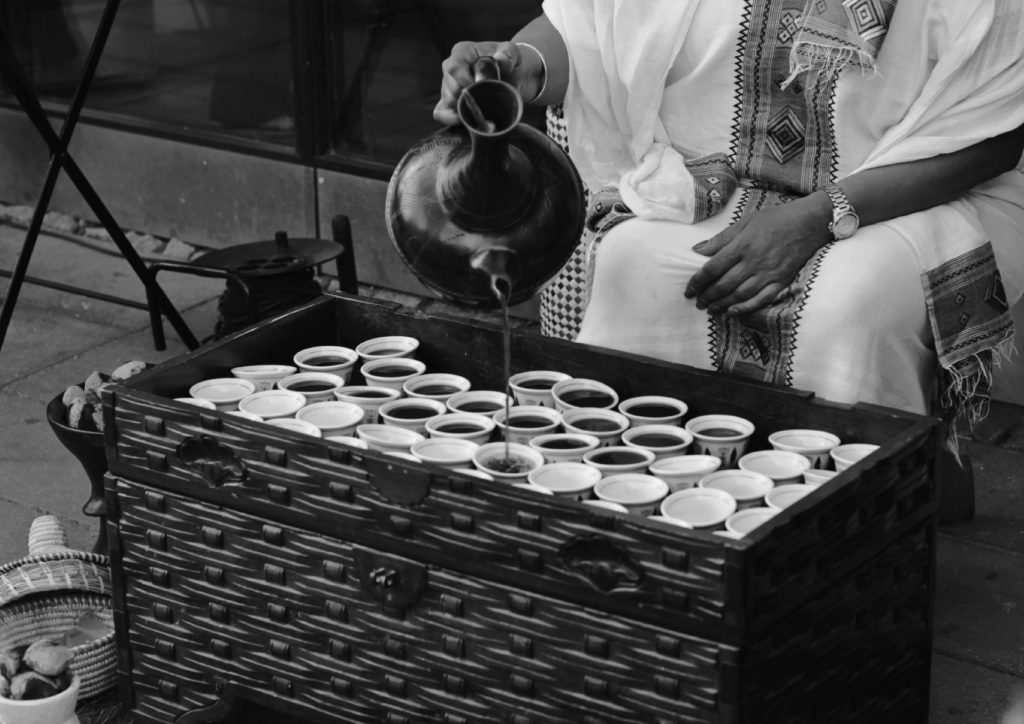
15th Century:
From Ethiopian forests, the popularity of coffee traveled towards the Arabic peninsula, which then became a gateway for this remarkable berry to conquer the globe. During the 15th Century, many Arabic countries, including Yemen, Egypt, Syria, Persia, and Turkey regions of the then known Arabia.
Since coffee had undeniable benefits to prayer practices and social settings, people swarmed to get their hands on this magic potion.
The Muslim Drink:
Muslims aren’t allowed to consume alcohol by the religion, and even though the scholars of the time termed coffee as an intoxicating drink, just as alcohol, people started using it freely during and after their prayer activities. Since the morning or evening prayer can be hard on the body, coffee would provide a soothing effect and allowed them to stay involved in their religious practices with ease. It became so popular in Islamic regions that people started referring to it as the Muslim drink.
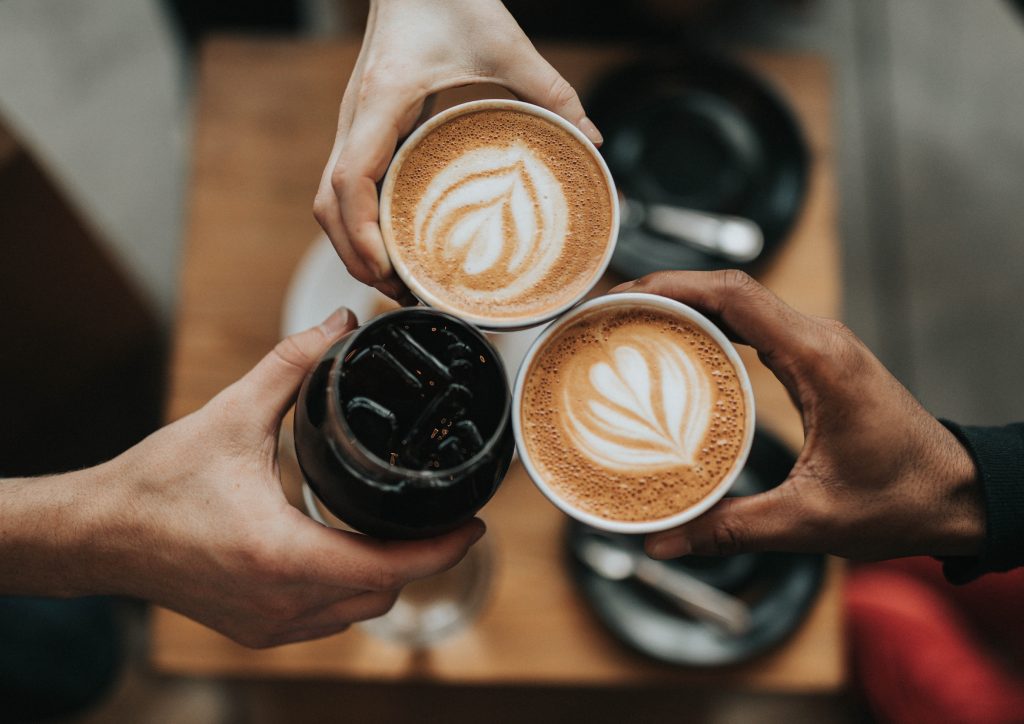
Origin of Coffee Places:
Coffee became a popular beverage for home usage, but many places started public joints where people would sit and collectively enjoy coffee. This trend became so popular that “Qehwah Khanal” was one of the most preferred choices for social activities.
These designated coffee places were a hub for people looking to enjoy their time or listen to fine-tunes, or catch up with friends. These engagements became so meaningful for the community that they referred to coffee places as learning institutions.
As the Arabia region was a hot spot for tourists and pilgrims to visit each year, the coffee popularity spread even more.
European Entrance:
Many tourists from Europe discovered coffee for the first time on their trips to the Arabian region. They took back stories of an unusual potion with energizing powers that help you focus for extended hours. Most people found themselves curious about trying this beverage, while others labeled it Satan’s drink due to the black color.
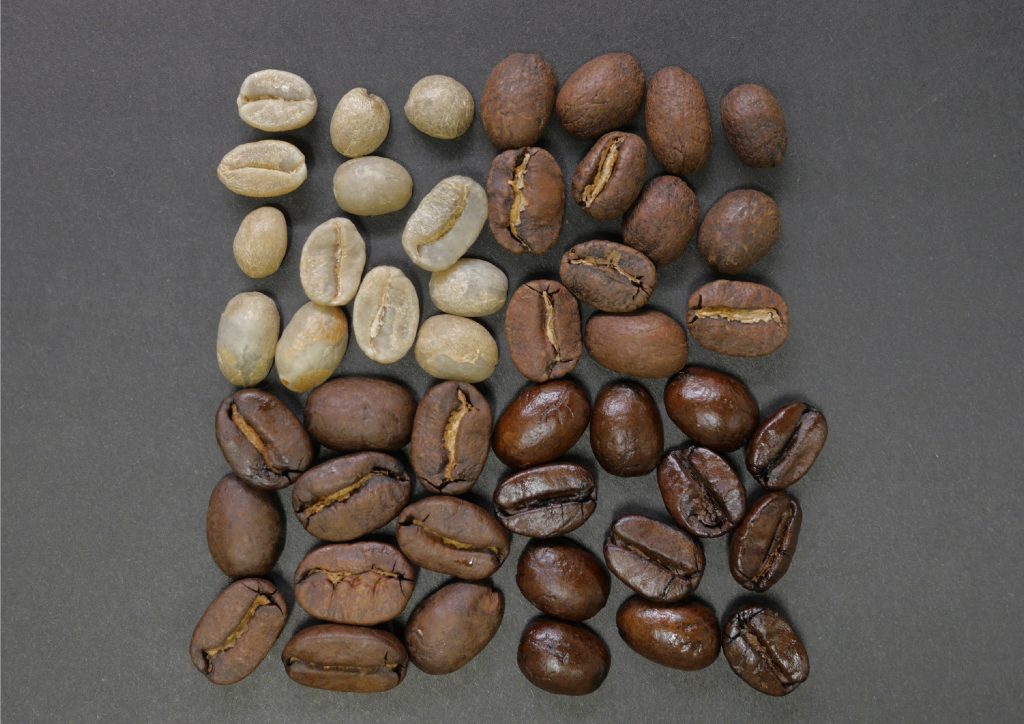
The misconceptions about coffee became so severe that the designated Pope at the time had to intervene. He tried the beverage himself, and the calming effects convinced him to rule in coffee’s favor. Of course, the controversy continued after these events, but coffee proved too good to be contained.
Penny Universities:
Throughout Europe, coffee places started to show up and quickly became a common social area where people would engage and interact with each other. Multiple major cities in England, Germany, and Holland were gold mines for coffee vendors. People flocked to their coffee houses looking for a stimulating conversation with the vendor or other people.
Since coffee cost a penny at that time, people would refer to coffee houses as “penny universities,” where you pay a penny for a productive conversation.
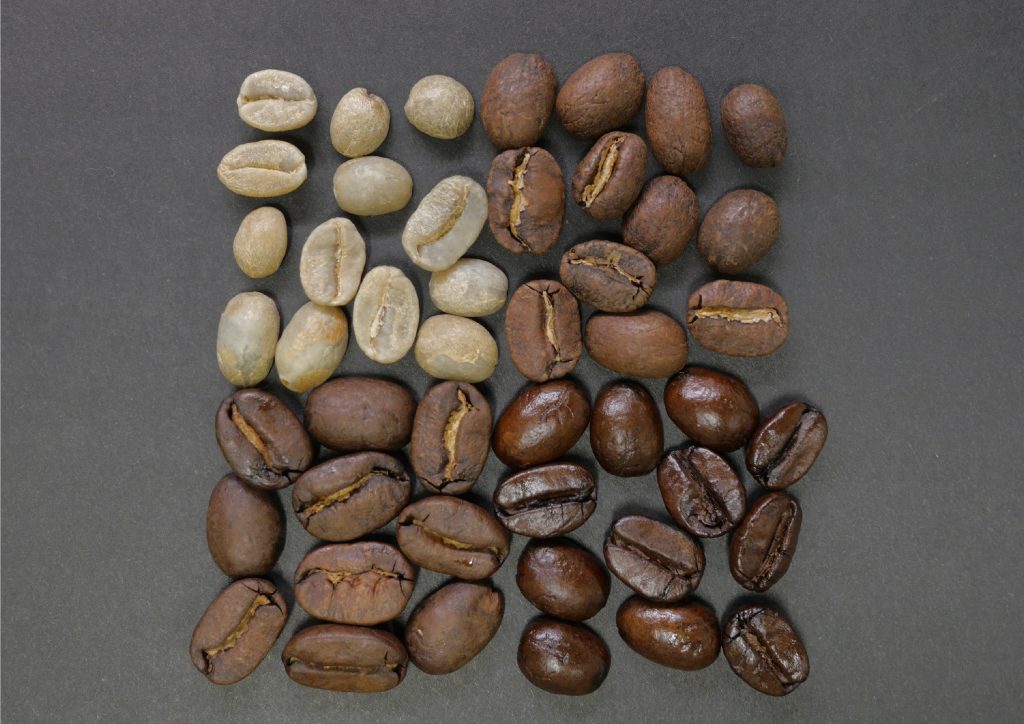
The 17th Century Burst:
At the end of the 17th Century, hundreds of coffee houses in London alone became a common meeting place for people from all backgrounds. Individuals used to organize meetings or meet up with merchants while enjoying a delicious cup of coffee that streamlines their mood.
Entering the New World:
As tea was still the most popular beverage in many parts of the world, coffee had fierce competition to replace what people already adored. However, King George the Third imposed heavy taxes on tea import and export, which led to a massive revolt against the royal decision. Regardless, this decision by King George forever changed the way Americans looked at their preference of a daily driver.
Plantations over the World:
Coffee had become a gold treasure due to its skyrocket demand, and many parties started to look for a way to plant it outside the Arabian region. Of course, the Arabic people weren’t entirely willing to share the secrets, but the Dutch got their hands on some coffee seeds at the end of the 17th Century.
They cultivated them in India, which resulted in a colossal failure and waste of effort. Regardless, the second attempt bore fruit as they chose the islands of Indonesia as their preferred cultivation area.
Soon Dutch was a big name among the coffee market, and they spread their operations to surrounding islands for increased production.
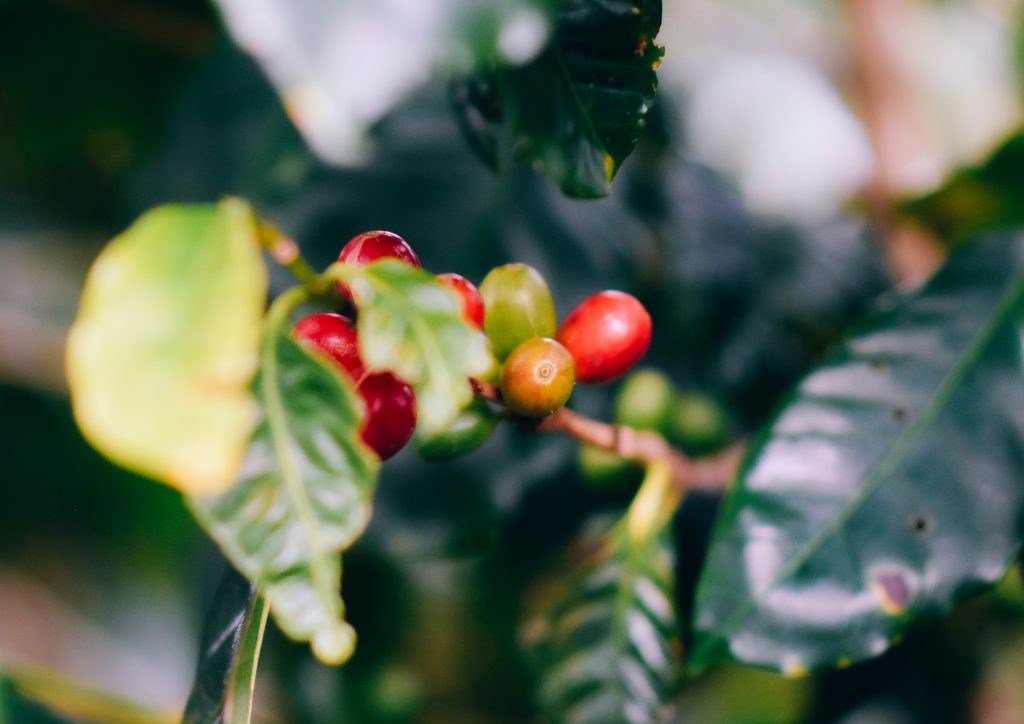
Entering America:
The story of coffee seed entering America is an interesting one, filled with thrilling adventures and even pirates. In the early 1700s, the Mayor of Amsterdam sent a coffee plant sapling as a present to the King of France, and the king ordered to keep the plant in the Royal Botanical Garden situation in Paris.
After a few years, a naval staff employee managed to steal a seedling from this plant and took it to a remote region of France. He endured a pirate attack, horrible weather, and a direct attack to destroy the seedling but luckily made it through.
The naval officer planted this seed in the Martinique region, and it was a huge success. The single seedling was responsible for millions of coffee plants in the next 50 years produced by the area. Through here, coffee spread into Central and South America.
Brazilian Coffee:
The famed Brazilian coffee is a fan-favorite, but it wasn’t easy for the French Guiana to get seeds from the French. The emperor of French Guiana sent a representative to the French authorities, but they declined. The wife of the French governor was charmed by the representative’s looks and offered him a bouquet of beautiful flowers as he was leaving. Inside the flowers was a stash of coffee seeds that became the parent seedlings to a multi-million dollar industry.
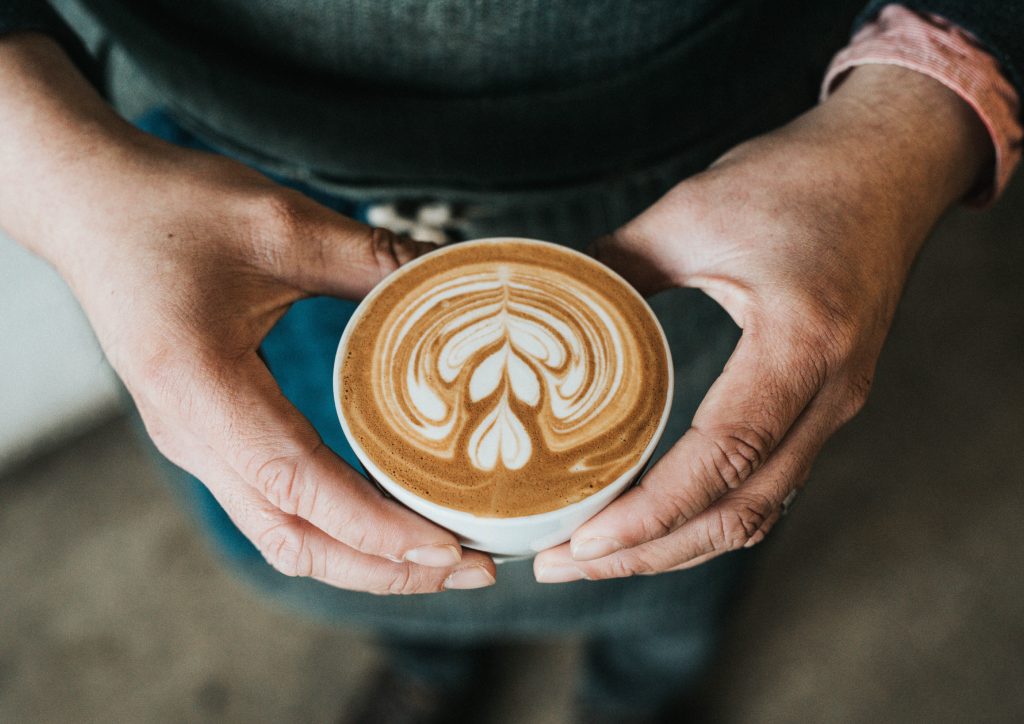
Global Coverage:
Once coffee had conquered significant parts of the world, travelers and tourists shared their unique recipes, carrying wisdom from one region to another. The deep research led to identifying well-suited areas that would aid the coffee plantation and deliver fruitful results. Of course, there were failed attempts, but coffee demand was so high that nations built their economy on coffee export. Many people succeeded while others lost a fortune to unforeseen circumstances. Regardless, coffee has become one of the most sought-after commodities globally, and it all doesn’t seem to stop anytime soon.
Conclusion:
The landscape of the coffee market is impossible to predict. Will the popularity stays for another 1000 years, or will another beverage replace the coffee plant as we know it. However, history proves that coffee seeds are resilient in breaking through the markets and evolving. So who knows, maybe the generations after us continue to enjoy a cup of coffee as much as we do.
We hope this article helped you learn all there is to know about the brief history of coffee and how an intuition of a goat shepherd blessed us with a magical concoction. It makes you think maybe we all play a significant part in the history of the world without realizing it. Cheers!

